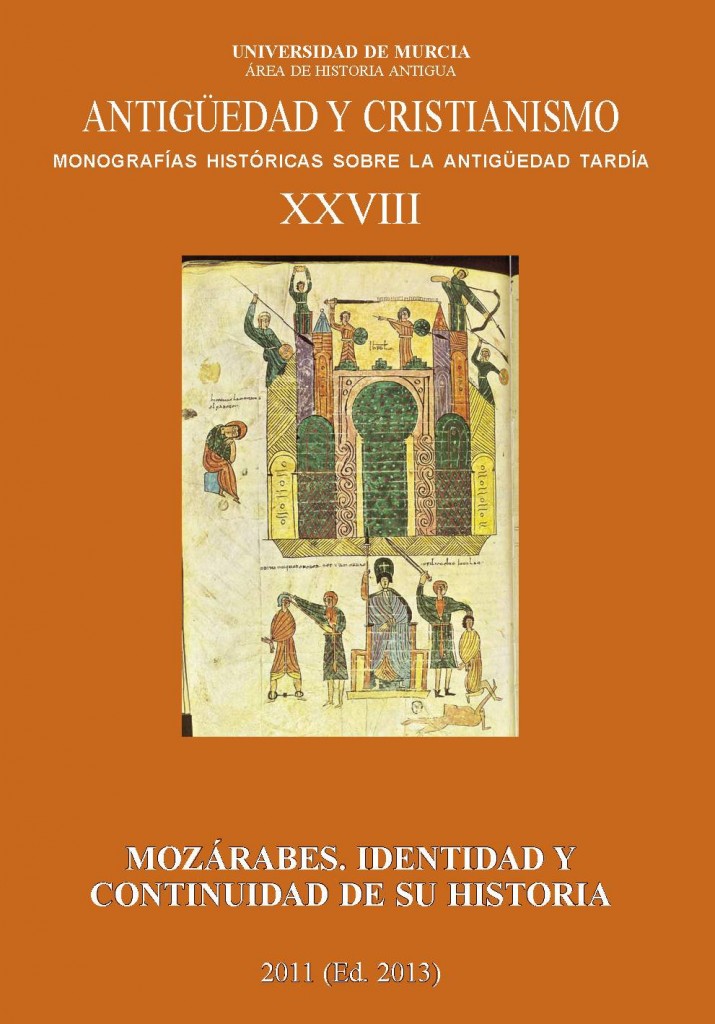La religión del siglo III: los Severos y la influencia orientalizante de Heliogábalo. Sincretismo, culto imperial, magia y ritos mistéricos (199-248)
Abstract
Este trabajo trata de ofrecer una visión global de los aspectos religiosos y los cambios mentales acaecidos entre el final del siglo II y el principio del siglo III, una época de gran importancia en la evolución sincretista que configurará las cosmovisiones de los habitantes del Imperio desde los principios del siguiente siglo. La llegada de la dinastía de los Severos propició una gran afluencia de cultos orientales que modificaron sensiblemente la vida cotidiana de los ciudadanos, así como sus experiencias religiosas. La búsqueda de una verdad revelada y el deseo de encontrar otra vida después de la muerte propiciaron el auge de la magia y la presencia de lo maravilloso en la vida cotidiana, una influencia de la que no escaparía ni la propia filosofía, facilitando por otra parte una mayor aceptación del cristianismo.
Downloads
-
Abstract621
-
PDF (Español (España))569
1. The authors non-exclusively assign the exploitation rights (reproduction, distribution, communication and transformation) to the magazine.
2. The works published in this magazine are subject to the Attribution-ShareAlike 4.0 International license (CC By SA 4.0). Therefore, they can be copied, used, disseminated, transmitted and publicly displayed, provided that:
i) the authorship and the original source of its publication (journal, editorial and URL of the work) are cited, thus allowing its recognition.
ii) it is allowed to remix, transform or create from the material while maintaining the same license as the original.
Note: Articles prior to 2022 incorrectly display the CC by SA license in the abstract page. They are under a CC by NC ND license as embedded in the article pdfs. Articles published in 2022 and after are under the CC by SA license.

3. Self-archiving conditions. Authors are allowed and encouraged to electronically disseminate the pre-print (version before being evaluated) and/or post-print (version evaluated and accepted for publication) versions of their works before publication, as it favors their publication. Earlier circulation and diffusion and with it a possible increase in its citation and reach among the academic community. Color RoMEO: verde.
























